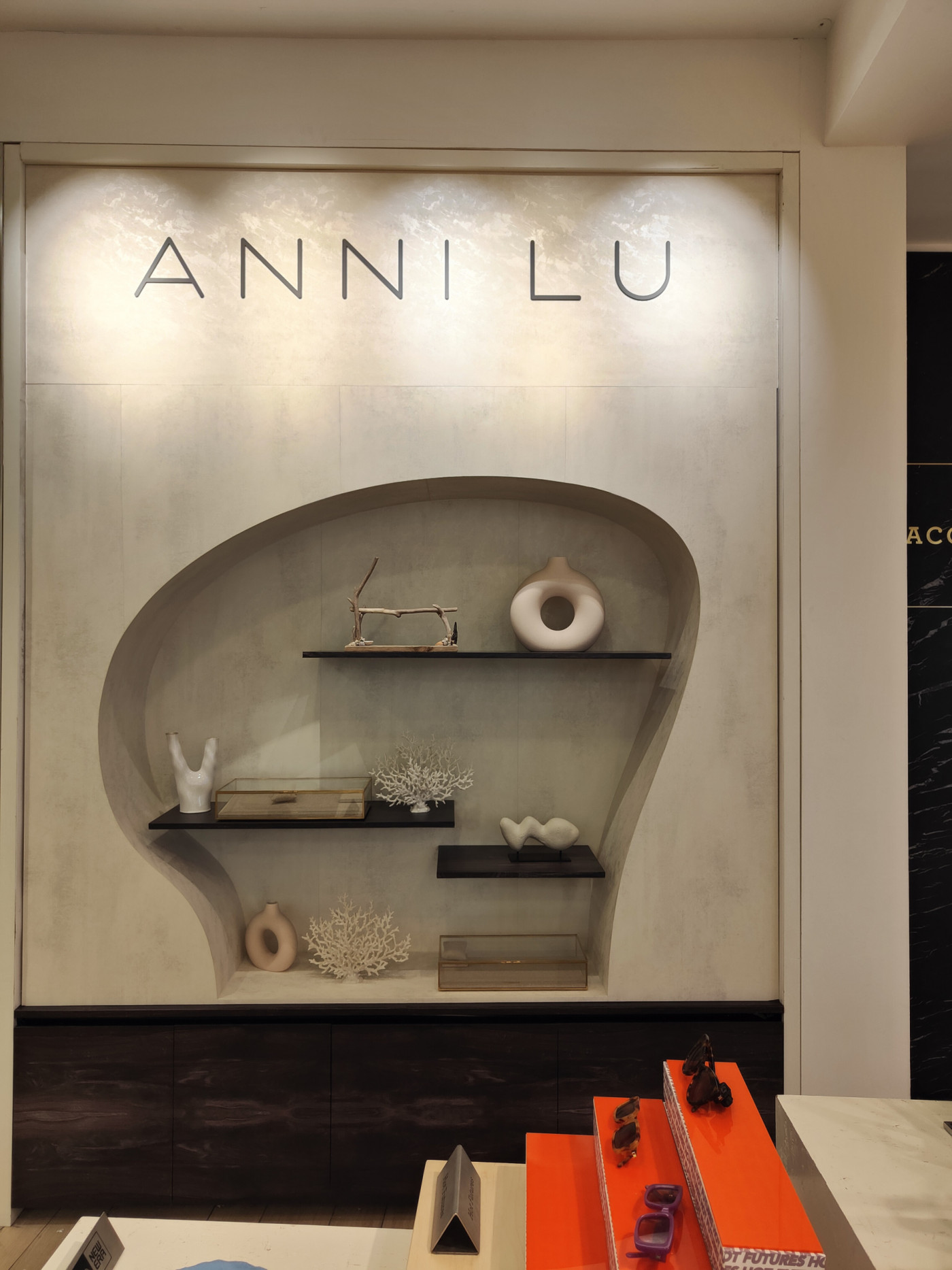Shopfitting Secrets
How do shopfitting requirements differ depending on the retail space?

Today, retail experience is about customer experience, brands must focus on their brand follower’s needs and where they put value.
The retail environment, whilst important, isn’t the only factor - social media is all about brand engagement, influencing buying decisions and shopping habits.
But in an age of e-commerce, something that can’t be replicated online is shopper immersion in a brand experience.
As such the role of physical retail has evolved - It doesn't matter whether it’s a flagship store or a pop-up, a luxury brand store or a discount retailer, it must give an unforgettable shopper experience regardless of whether they are new or loyal to the brand.
This experience is sometimes more important than the product.
Pop-Up are great for grabbing people’s attention e.g. product launches - Nothing fuels buzz better than the words ‘temporary’ and ‘limited’.
Pop-Ups also tend to have more creative shopfitting - This grabs attention and helps create memorable moments.
A flagship store should turn this up to 11!
Flagship stores can take advantage of their larger space - Create excitement by harnessing the strengths of a Pop-Up such as experiential elements, customised shopfitting and ‘temporary’.
If the above is done well and resonates with brand followers then that ‘social media moment’ should come easily.
The rest of the store can have ‘classic retail’ with a focus on product inventory and browsing rather than creating excitement.
Successful luxury flagship stores mix temporary and classic retail areas, alongside a service element part of the store.
Brands can build personal connections with followers through workshops/lectures or extremely experiential offerings/collaborations.
VIP areas create a sense of belonging or reinforce exclusivity to the brand.
Just as luxury brands’ shopfitting needs to resonate with its demographic, so too do discount retailers - Perception of value is now sky high on a shopper’s agenda. As such, the look and feel of shopfitting in this sector is hugely important - there’s a balance between functionality and aesthetics.
If the fixtures look too expensive, shoppers perceive that the products are overpriced and go elsewhere - Conversely, if they look cheap or lack excitement it can be a major turn-off…
The headline is that Retail space is no longer transactional. If brands are only ‘selling’ products, they’re missing the trick - Now it’s about building long-lasting relationships.
Shopper and consumer behaviour is changing very quickly - the pandemic has shown us this… Retail is evolving and brands need to react.
If you don’t evolve, it's easy to get left behind.